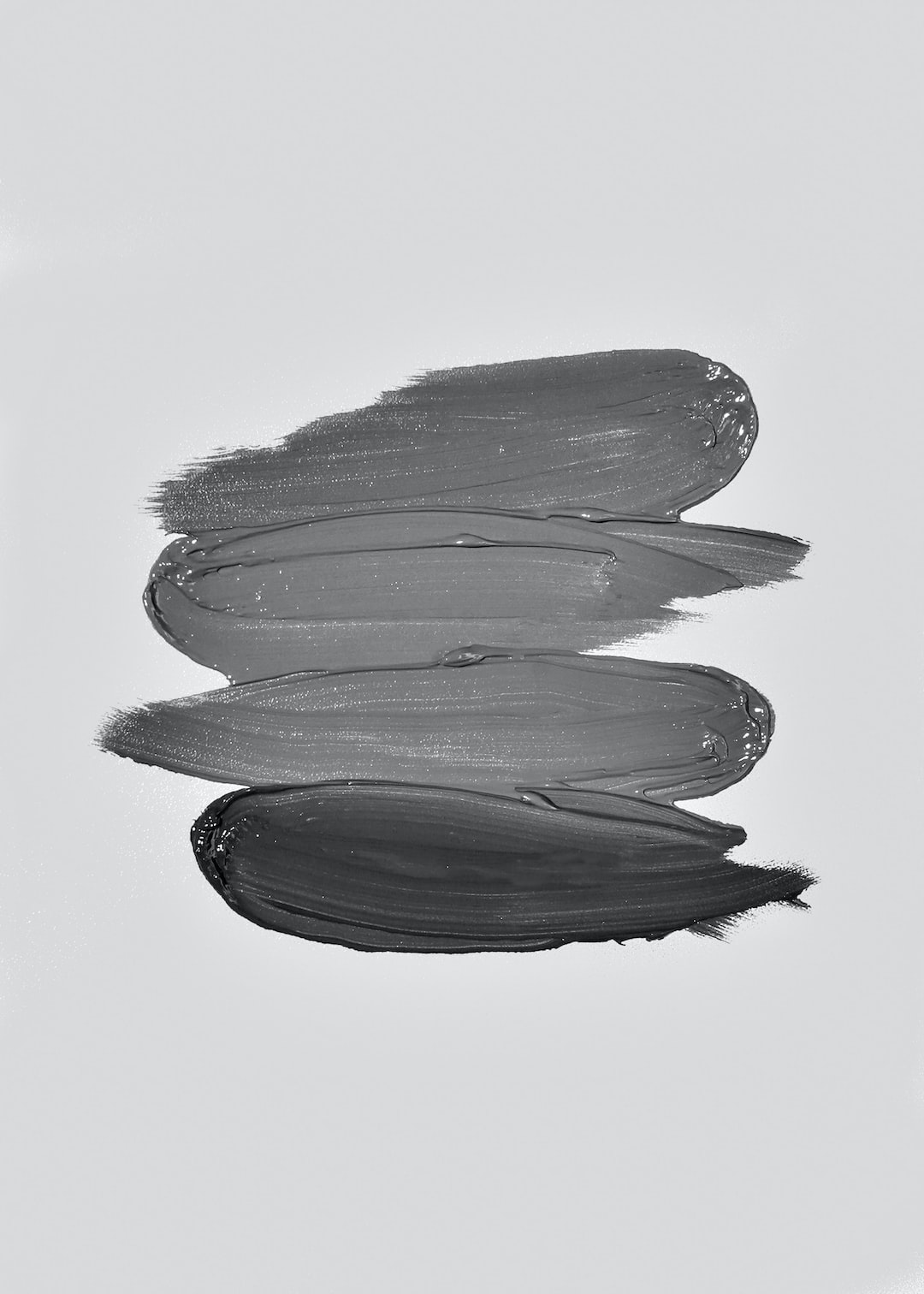Clean Beauty: A Breakdown of Harmful Ingredients to Avoid
The beauty industry has witnessed a significant shift in recent years, with more and more individuals gravitating towards clean and natural beauty products. In a bid to be more mindful of what they put on their skin and bodies, consumers have become increasingly aware of the harmful chemicals and ingredients found in many traditional beauty products. This awareness has led to the rise of clean beauty, a movement that advocates for products free from harmful ingredients. In this blog post, we will delve into some of the most common harmful ingredients to avoid when making the switch to a cleaner beauty routine.
1. Parabens:
One of the most well-known harmful ingredients, parabens are widely used as preservatives in cosmetics, moisturizers, shampoos, and many other personal care products. However, studies have linked parabens to hormone disruption, breast cancer, and reproductive toxicity. To avoid parabens, look for products labeled as “paraben-free” or opt for natural preservatives like grapefruit seed extract or rosemary extract.
2. Synthetic Fragrances:
Synthetic fragrances are often found in beauty products to enhance their scent. However, these fragrances are often made up of a mixture of chemicals, including phthalates, which have been associated with allergies, hormone disruption, and respiratory issues. When choosing clean beauty products, opt for products scented with natural essential oils or those labeled “fragrance-free.”
3. Sulfates:
Sulfates, such as sodium lauryl sulfate (SLS) and sodium laureth sulfate (SLES), are commonly used in cleansers, shampoos, and body washes due to their foaming properties. However, sulfates can strip the skin of its natural oils, leading to dryness, irritation, and even allergic reactions. Look for sulfate-free cleansers that use gentler alternatives like coconut-derived surfactants.
4. Formaldehyde:
Formaldehyde is often used as a preservative in various beauty products, particularly nail polishes, hair straightening treatments, and nail glue. Exposure to formaldehyde can cause skin irritation, respiratory issues, and is classified as a human carcinogen by various health organizations. To avoid formaldehyde, opt for formaldehyde-free formulations or non-toxic alternatives.
5. Mineral Oil:
Mineral oil, a common ingredient in many moisturizers and lip balms, is derived from petroleum. Although it provides temporary relief for dry skin, it forms a barrier that inhibits the skin’s ability to breathe and absorb nutrients, potentially leading to clogged pores and acne. Switch to plant-based oils like jojoba, coconut, or avocado oil for your moisturizing needs.
6. Phthalates:
Phthalates are commonly used as plasticizers in cosmetics and can be found in nail polishes, perfumes, and hair sprays. These chemicals have been linked to reproductive and developmental toxicity, as well as hormone disruption. Look for products labeled “phthalate-free” or switch to non-toxic alternatives that use natural ingredients for fragrance and hold.
7. Synthetic Colors:
Synthetic colors, often labeled as FD&C or D&C followed by a number, are derived from coal tar or petroleum. These colors have been associated with skin irritations, allergic reactions, and even cancer. Opt for products that use natural pigments like fruit and vegetable extracts or choose products with minimal or no added colorants.
8. Oxybenzone:
Oxybenzone is a chemical sunscreen filter widely used in sunscreens and skincare products with SPF. However, it has been linked to hormone disruption and allergic reactions. Look for mineral sunscreens that use zinc oxide or titanium dioxide as their active ingredients for safer sun protection.
While this list covers some of the most common harmful ingredients found in beauty products, it is by no means exhaustive. When transitioning to clean beauty, it’s essential to become an informed consumer and read product labels thoroughly. Familiarize yourself with key ingredients to avoid, and consider consulting with a dermatologist or skincare professional for personalized advice.
In conclusion, clean beauty is not just a trend; it’s a movement centered on prioritizing our overall health and well-being. By being mindful of the harmful ingredients mentioned above, we can make informed choices when it comes to our beauty routines and embrace products that nourish and protect our skin without compromising our health.
